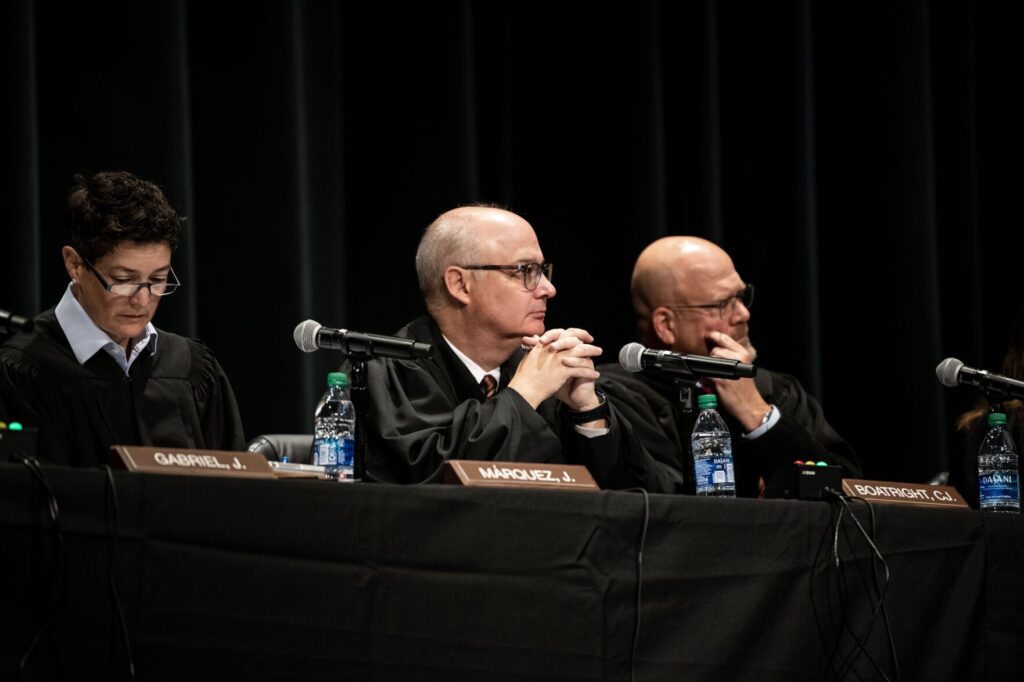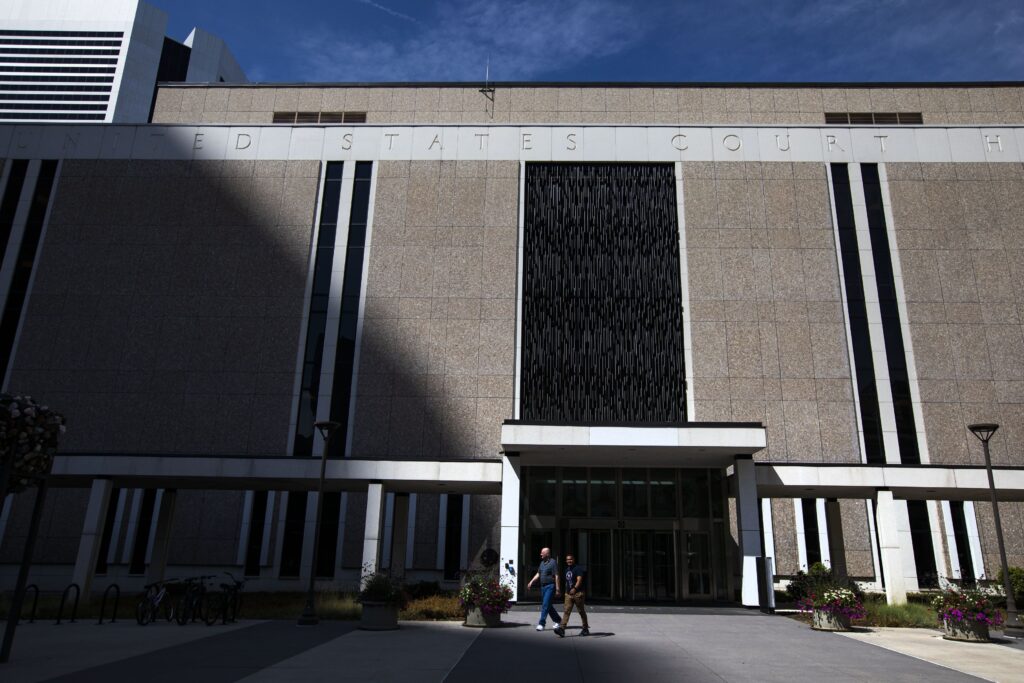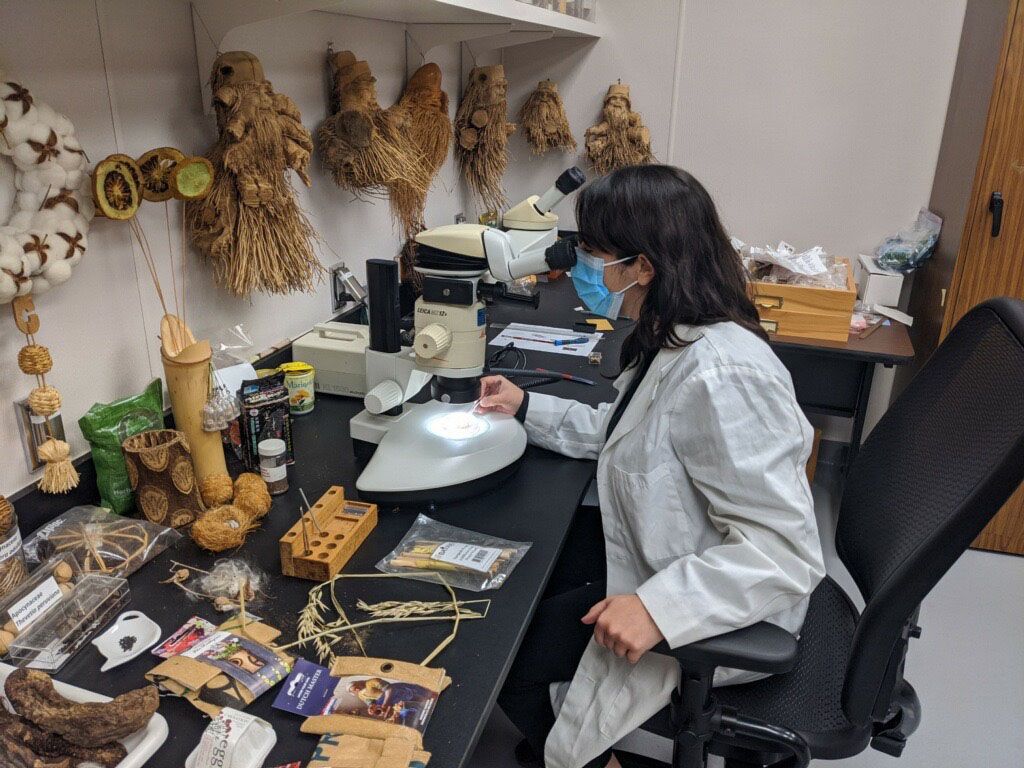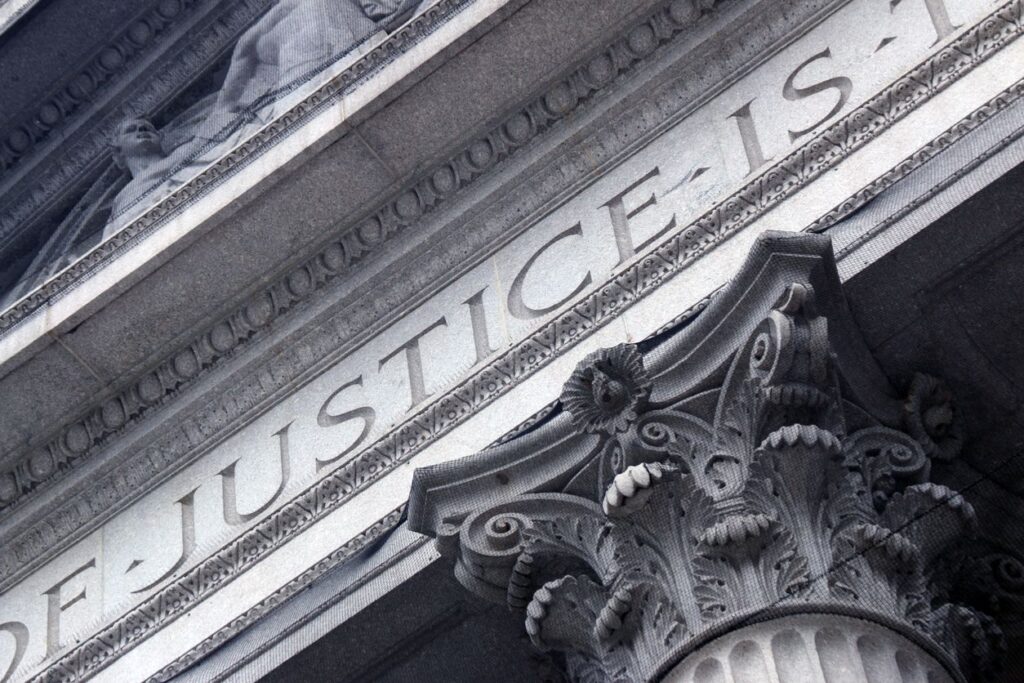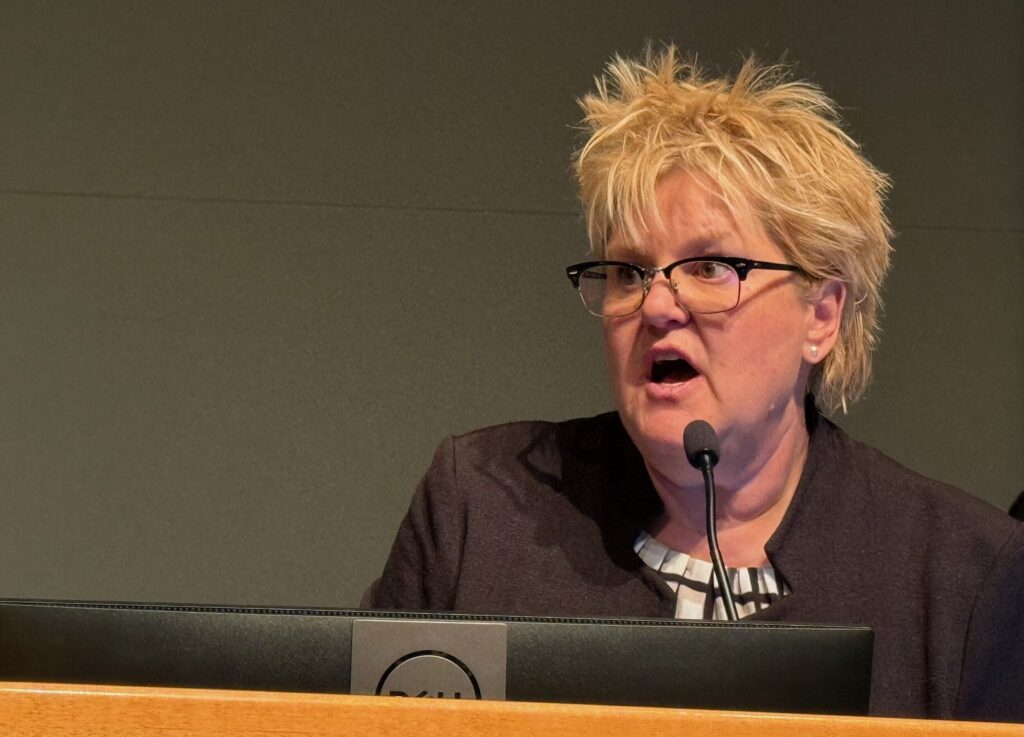The Colorado Springs Gazette: Budget hawk challenges library spending
Books, research, and lifelong learning are important to individuals and society. That’s why Americans adore public libraries.
The question arises: What are modern libraries worth, as disruptive technologies offer readers and researchers a growing array of options?
Politicians constantly talk about government budget woes to justify unfilled potholes, slow emergency response times, and crumbling schools.
Colorado Springs voters raised sales taxes last year to generate money for stormwater infrastructure and free $17 million a year from the general fund to increase staffing in the police and fire departments. Springs voters approved a sales tax in 2015 that generates more than $20 million a year for major, citywide road improvements.
The Gazette’s editorial board supports both new revenue streams.
As the community belabored spending nearly $30 million on essential road and drainage improvements, the Pikes Peak Library District quietly enjoyed revenues of nearly $27 million in property tax revenues. That’s $3.8 million more than city government collects in property taxes to serve various needs of nearly 500,000 residents.
Each and every individual in the Pikes Peak region uses or depends on roads, stormwater drainage, and emergency services. The same cannot be said of the library.
“I’ve asked 50 people over the past two weeks when they last used the library,” said realtor and former Colorado Springs City Councilman Tim Leigh. “I hear ‘I haven’t been there,’ or ‘I can’t remember the last time I was there.’ Or, ‘I was there for a meeting a few years ago.’ One person, my good friend Howard Brooks, said he was there yesterday to check out a book.”
A Pew Research study in 2016 found 44 percent of Americans visited a library or bookmobile in the past year. That number was down from 53 percent from an identical survey in 2013. The Institute of Museum and Library Services reports an 8.2 percent decrease in library visits since 2009.
A 2017 Pew survey gives hope to the future of libraries, finding 53 percent of millennials use them. Young adults use the library more than their elder Gen Xers (45 percent), and baby boomers (36 percent). Time will tell whether millennials continue visiting libraries later in life.
Regardless, technology has dramatically reduced the exclusive value of libraries for even the most voracious of readers and researchers. Books are easily ordered on Amazon.com – or competing sites – and delivered within days. They are available immediately on electronic tablets and computers for less than most would spend in time driving to a library and parking.
Demand for library microfiche and other archival information has largely been disrupted by google.
“I like to read books,” Leigh said. “I prefer paper books, and I don’t go to the library.”
Leigh hopes to petition for a ballot measure in November that would dramatically reduce the library district’s mill levy.
“My measure will establish a sunset provision on the library district’s tax,” Leigh told us. “I want to roll back their budget. If you go into the library, it looks like they’re running a jobs program. It’s like they can hire people because they have the money, not because there is demand for that many employees.”
Much of the public wants and needs libraries. But Leigh raises relevant questions about funding levels the community should discuss and discern. In this age of digital information and technological disruption, maybe it is time to scrutinize how much we spend exchanging books.


